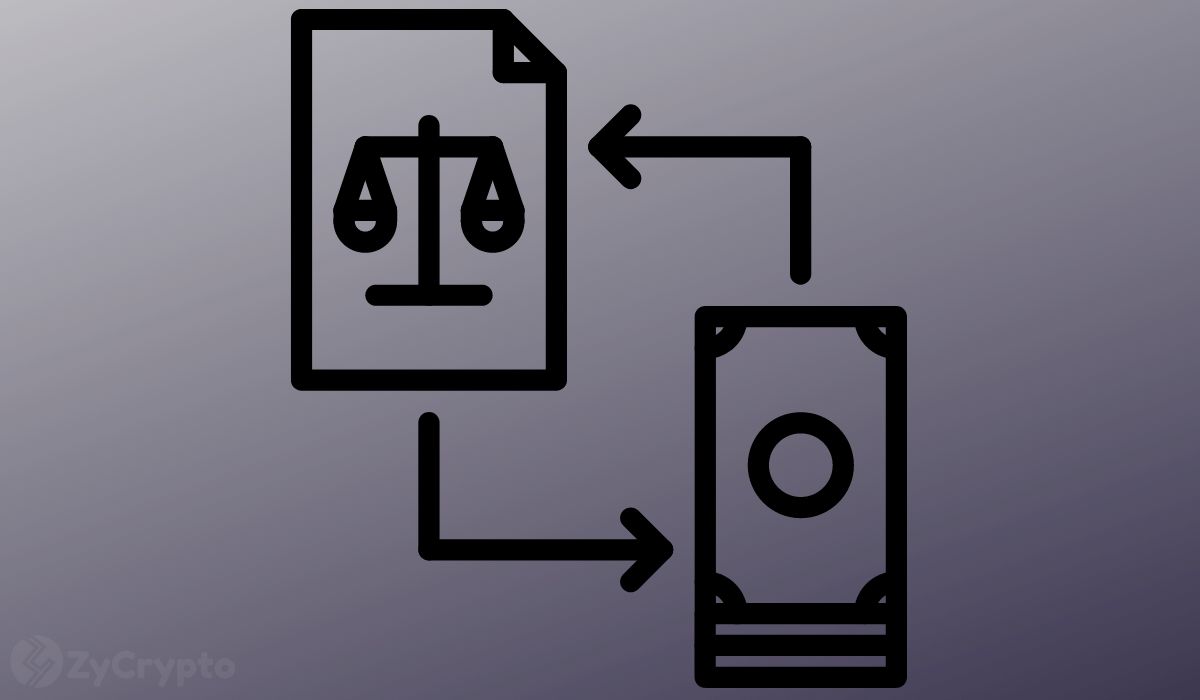Ethereum staking emerges as key support for ETH price stability

Ethereum staking is playing a key role in forming price support for ETH. Freely circulating ETH is sold more rapidly, creating a gap between the unrealized value of staked and circulating ETH.
Ethereum staking holders now have a different profile of unrealized value compared to traders of freely circulating ETH.
The Market Value to Realized Value (MVRV) for staked ETH to freely circulating ETH started diverging in the past few months. The divergence suggests staking ETH holders are sitting on larger unrealized value, with a MVRV ratio of 1.7. For free ETH traders, the ratio is 1.5.

Stakers lock their tokens for longer periods, hence the 20% higher unrealized gains. Holding ETH in the Beacon Chain also shows stronger conviction for ETH.
Stakers prevented from panic-selling
ETH stakers cannot panic-sell in the short term, unlike some ETH whales that can immediately shift coins. The Ethereum unstaking queue has increased its waiting time to 45 days, with around 2.49M ETH waiting to be unstaked.

Some of the unstaking is also not for selling, but to consolidate smaller stakes into bigger ones of up to 2,048 ETH. The Ethereum chain still has 1.1M validators with multiple stakes.
In total, over 36M is held in staking, with around 121M in circulation. Some of the ETH in freely accessible wallets is idle, or held for the long term, but some whales sell rapidly during downturns.
Circulating ETH reveals the token’s price discovery, not allowing significant unrealized gains to accrue without taking profits. In the meantime, the staked supply serves as a price anchor, as some of the coins are locked even at all-time highs. Staking is usually linked to whale activity, but Samsung recently added staking as a native feature on its Galaxy devices, tapping up to 200M retail users.
Staked ETH is expected to grow as ETF and treasury companies also deposit coins to the Beacon Chain. One of the biggest stakes may come from Grayscale, which has stopped selling and instead holds its ETH as backing for its exchange-traded products.
ETH to end October in the red
ETH traded near its lower range for the past month, at $3,855.99. In October, ETH peaked above $4,700, before its biggest liquidation in history.
As of October 31, ETH accrued 7% net loss for the month, making it the third-worst October in history. ETH also sank by over 3% net in October 2024.
ETH still expanded its daily usage, while retaining reasonable gas prices. DeFi usage has increased, as well as value locked in liquid staking and lending. Currently, $2.2B in ETH are locked in loans, with liquidation positions expanding at $1,891 per ETH. DeFi liquidations are holding more conservative price levels compared to derivative trading, and also point to a series of price floors for ETH in the case of a deeper correction.
Get seen where it counts. Advertise in Cryptopolitan Research and reach crypto’s sharpest investors and builders.
Ethereum staking emerges as key support for ETH price stability

Ethereum staking is playing a key role in forming price support for ETH. Freely circulating ETH is sold more rapidly, creating a gap between the unrealized value of staked and circulating ETH.
Ethereum staking holders now have a different profile of unrealized value compared to traders of freely circulating ETH.
The Market Value to Realized Value (MVRV) for staked ETH to freely circulating ETH started diverging in the past few months. The divergence suggests staking ETH holders are sitting on larger unrealized value, with a MVRV ratio of 1.7. For free ETH traders, the ratio is 1.5.

Stakers lock their tokens for longer periods, hence the 20% higher unrealized gains. Holding ETH in the Beacon Chain also shows stronger conviction for ETH.
Stakers prevented from panic-selling
ETH stakers cannot panic-sell in the short term, unlike some ETH whales that can immediately shift coins. The Ethereum unstaking queue has increased its waiting time to 45 days, with around 2.49M ETH waiting to be unstaked.

Some of the unstaking is also not for selling, but to consolidate smaller stakes into bigger ones of up to 2,048 ETH. The Ethereum chain still has 1.1M validators with multiple stakes.
In total, over 36M is held in staking, with around 121M in circulation. Some of the ETH in freely accessible wallets is idle, or held for the long term, but some whales sell rapidly during downturns.
Circulating ETH reveals the token’s price discovery, not allowing significant unrealized gains to accrue without taking profits. In the meantime, the staked supply serves as a price anchor, as some of the coins are locked even at all-time highs. Staking is usually linked to whale activity, but Samsung recently added staking as a native feature on its Galaxy devices, tapping up to 200M retail users.
Staked ETH is expected to grow as ETF and treasury companies also deposit coins to the Beacon Chain. One of the biggest stakes may come from Grayscale, which has stopped selling and instead holds its ETH as backing for its exchange-traded products.
ETH to end October in the red
ETH traded near its lower range for the past month, at $3,855.99. In October, ETH peaked above $4,700, before its biggest liquidation in history.
As of October 31, ETH accrued 7% net loss for the month, making it the third-worst October in history. ETH also sank by over 3% net in October 2024.
ETH still expanded its daily usage, while retaining reasonable gas prices. DeFi usage has increased, as well as value locked in liquid staking and lending. Currently, $2.2B in ETH are locked in loans, with liquidation positions expanding at $1,891 per ETH. DeFi liquidations are holding more conservative price levels compared to derivative trading, and also point to a series of price floors for ETH in the case of a deeper correction.
Get seen where it counts. Advertise in Cryptopolitan Research and reach crypto’s sharpest investors and builders.

